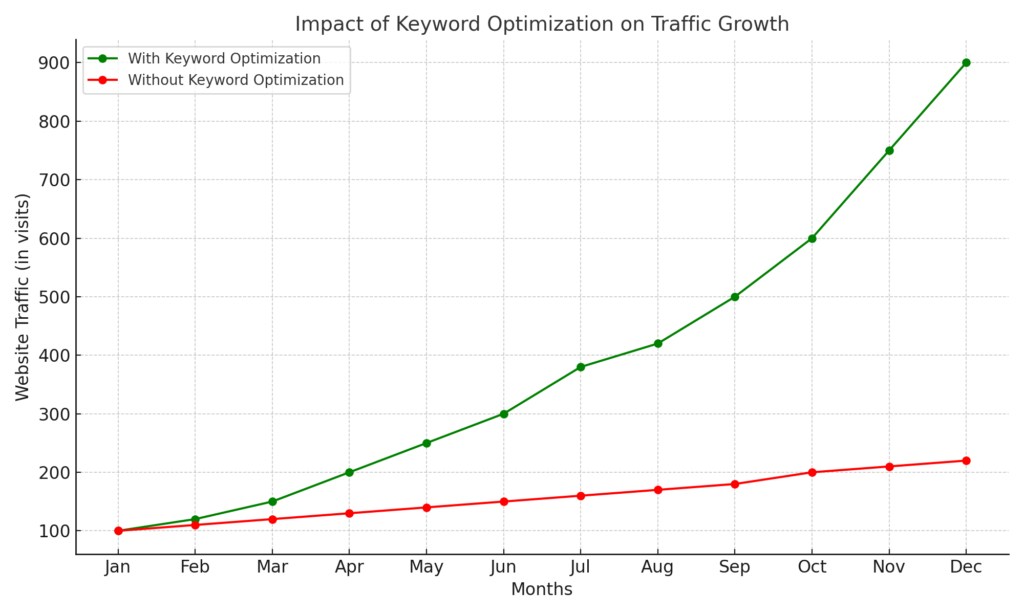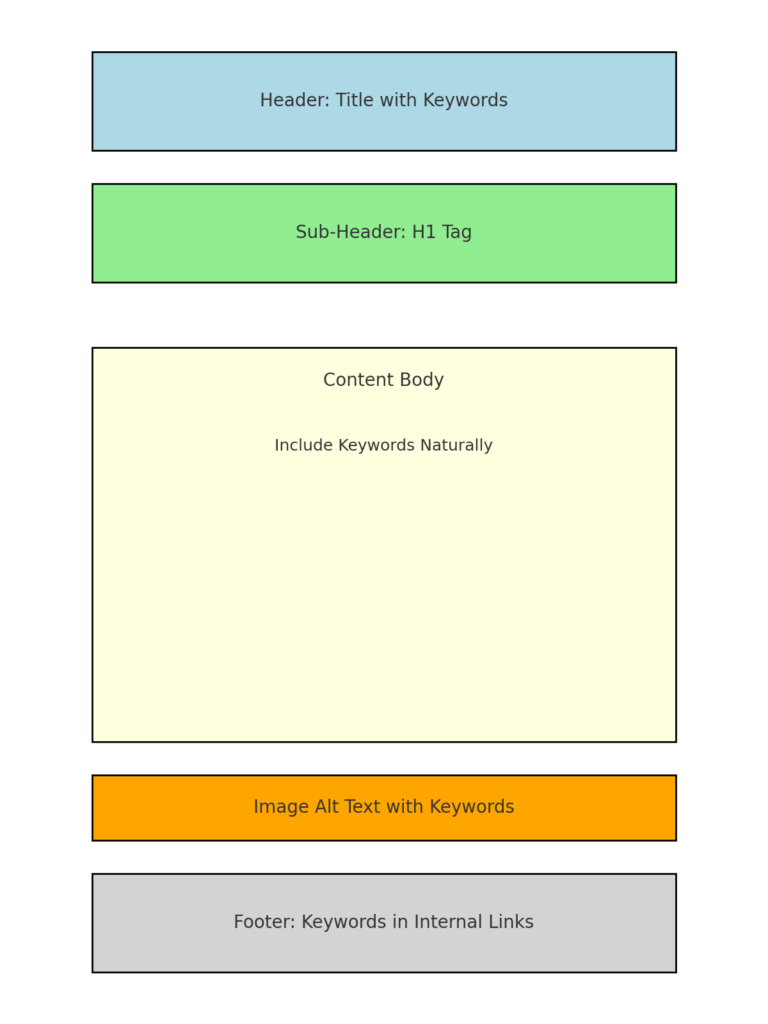Keywords are the backbone of search engine optimization (SEO). They are the words and phrases that connect your content to what users are searching for online. Understanding the role of keywords and how to use them effectively is essential for achieving high rankings and driving organic traffic. This article will dive deep into the importance of keywords, strategies for keyword optimization, and actionable tips to enhance your SEO efforts. The Role of Keywords in SEO and How to Use Them

Table of Contents
- What Are Keywords in SEO?
- The Importance of Keywords in SEO
- Types of Keywords
- How to Research Keywords
- Using Keywords Effectively
- Common Mistakes in Keyword Usage
- Tools for Keyword Research and Analysis
- Conclusion: The Future of Keywords in SEO
1. What Are Keywords in SEO?
Keywords are specific terms or phrases that people enter into search engines when looking for information, products, or services. They help search engines understand the context of a page and determine its relevance to a user’s query. The Role of Keywords in SEO and How to Use Them
Example of Keywords
| Keyword Type | Example |
|---|---|
| Short-tail Keywords | “SEO tips” |
| Long-tail Keywords | “best SEO tips for beginners” |
| Local Keywords |
https://vanshika.digital

2. The Importance of Keywords in SEO
The Role of Keywords in SEO and How to Use Them Keywords are vital because they:
- Bridge User Intent and Content: Keywords help search engines match your content with the user’s intent.
- Improve Rankings: Proper keyword usage can elevate your website’s position in search results.
- Drive Targeted Traffic: Attract visitors genuinely interested in your content or offerings.
- Enhance User Experience: Keywords clarify your content’s purpose, making it easier for users to navigate.
A graph comparing traffic growth over time for websites using optimized keywords versus those with poor keyword strategies.
3. Types of Keywords
1. Short-Tail Keywords
- Typically 1–2 words long.
- High search volume but lower conversion rates.
- Example: “digital marketing.”
- https://www.rebootonline.com/
2. Long-Tail Keywords
- 3 or more words.
- Lower competition and higher intent.
- Example: “digital marketing strategies for startups.”
3. LSI Keywords (Latent Semantic Indexing)
- Contextually related terms.
- Enhance content depth.
- Example: If your primary keyword is “running shoes,” LSI keywords could be “sports footwear” or “jogging sneakers.”
Keyword Placement on a Web Page.

4. How to Research Keywords
Effective keyword research involves identifying the terms your audience uses and evaluating their relevance.
The Role of Keywords in SEO and How to Use Them
Steps for Keyword Research
- Brainstorm Topics
Write down core topics related to your business. - Use Keyword Tools
Tools like Google Keyword Planner and SEMrush can provide keyword suggestions. - Analyze Competitor Keywords
Study the keywords your competitors rank for. - Evaluate Metrics
Look at search volume, keyword difficulty, and CPC (Cost Per Click).
Table: Top Free and Paid Keyword Research Tools
| Tool | Free Version | Paid Version | Features |
|---|---|---|---|
| Google Keyword Planner | Yes | No | Search volume, competition data |
| SEMrush | Yes | Yes | Competitive analysis, keyword suggestions |
| Ahrefs | No | Yes | Keyword difficulty, click data |
5. Using Keywords Effectively
Once you’ve identified your keywords, the next step is strategic placement.
Keyword Placement
- Page Title: Ensure your primary keyword appears naturally.
- Headings and Subheadings: Use keywords in H1, H2, and H3 tags.
- URL: Incorporate keywords for SEO-friendly URLs.
- Meta Description: Write compelling meta descriptions with keywords.
- Body Content: Use keywords naturally to avoid keyword stuffing.
- Image Alt Text: Include descriptive keywords in alt attributes.
Diagram: Keyword Placement on a Web Page
A diagram showcasing an ideal keyword placement structure, highlighting areas like titles, headers, and body content.
Example: Optimized Blog Section
Keyword: Digital Marketing Strategies
“Digital marketing strategies are essential for businesses looking to thrive online. Implementing the right digital marketing strategies can help attract and retain customers while boosting ROI.”
6. Common Mistakes in Keyword Usage
1. Keyword Stuffing
Overusing keywords can harm readability and result in penalties.
2. Ignoring User Intent
Using irrelevant keywords can lead to higher bounce rates.
3. Neglecting Long-Tail Keywords
Focusing solely on short-tail keywords limits potential traffic.
7. Tools for Keyword Research and Analysis
Several tools can simplify the process of finding and analyzing keywords:
- Google Trends: For identifying trending topics.
- Moz Keyword Explorer: For finding low-competition keywords.
- Ubersuggest: A beginner-friendly keyword research tool.
8. Conclusion: The Future of Keywords in SEO
As search engines evolve, so does the role of keywords. Modern SEO emphasizes:
- User intent over keyword density.
- Natural language processing to understand context.
- Voice search optimization using conversational keywords.
By mastering keyword research and implementation, you can stay ahead in the competitive digital landscape.
